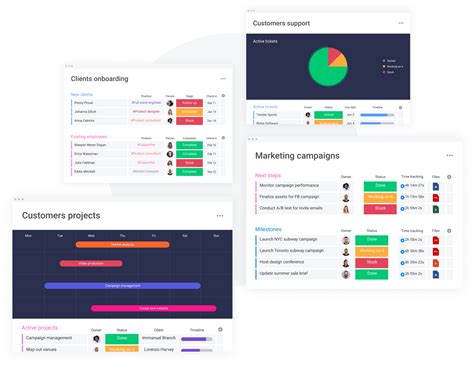The Customer Relationship Management (CRM) landscape is a bustling arena filled with heavyweights like Salesforce. However, emerging alternatives like Twenty are gaining traction, offering promising features that cater to today’s expanding and dynamic business needs. While it might be easy to dismiss new entrants as mere noise in a crowded market, Twenty has drawn attention for its open-source nature and flexibility, allowing businesses to tailor their CRM solutions without the constraints often imposed by more traditional software giants.
One of the most compelling aspects of Twenty is its open-source foundation, which inherently promotes customization and user-driven development. This resonates well with businesses seeking alternatives outside the conventional frameworks provided by established players like Salesforce. For instance, the ability to tailor the data model, as well as employ flexible REST APIs, equips companies to mold the CRM to their specific operational needs. This level of customization, crucially, is something mid-level and smaller enterprises find exceptionally empowering, as it allows them to build a tech stack that is perfectly aligned with their unique workflows.
However, community feedback suggests that Twenty is not without its challenges. One user highlighted its alpha-stage issues, pointing out small bugs and a lack of polish that hindered its full utilization. The sentiment here underscores an intrinsic risk associated with adopting nascent technologies: the trade-off between potential and current stability. Yet, this same user expressed hope, noting the potential seen in its customization capabilities and ease of setup, which could be game-changing in future iterations. This dual aspect of hope and critique often accompanies early-stage software but also provides valuable insights for future iterations.
A notable conversation thread sparked around the idea of what constitutes a non-traditional use case for CRM systems. A user identified as part of an academic group detailed their requirements such as tracking research interests, academic histories, and engagement with various educational initiatives. This highlighted a gap in existing CRM solutions, which tend to focus narrowly on sales funnels and pipeline management, often overlooking non-commercial relationship management needs. This user’s dilemma opened up a broader dialogue on the necessity for CRMs to evolve beyond sales-centric paradigms to accommodate diverse organizational needs.
Recommendations and insights from the community further underscore the necessity for robust customization. Emphasis was placed on the importance of having a programming layer analogous to Salesforce’s Apex, which allows for tailored automation and complex business logic. While Twenty offers extensive API support, there is a perceived need to move towards deeper programmability and integration capabilities. For instance, the community has suggested complementing Twenty with platforms like Windmill, which can provide the necessary orchestration and custom code execution functionalities, essentially bridging that critical gap.
Another significant point of discussion was the licensing model. Twenty operates under the AGPL 3.0 license, which brings its own set of complexities, especially in commercial settings. This concern was raised by several users, particularly those wary of potential “viral” licensing effects where modifications need to be publicly shared, potentially exposing proprietary business logic. This licensing aspect could be a critical determinant for wide-scale adoption, especially among enterprises with stringent compliance and proprietary requirements.
In conclusion, while Twenty is certainly not without its early-stage hiccups, it brings a fresh perspective to the CRM domain with its open-source ethos and strong customization potential. It appeals to a broad spectrum of users, from businesses looking for cost-effective and adaptable solutions to non-traditional entities needing versatile relationship management tools. The ongoing community engagement reveals both the challenges and the exciting potential Twenty holds, making it a CRM to watch as it evolves and matures. The community’s feedback and continued development will likely propel it into a formidable player in the CRM market, one that could quite effectively complement, rather than compete directly, against giants like Salesforce.


Leave a Reply